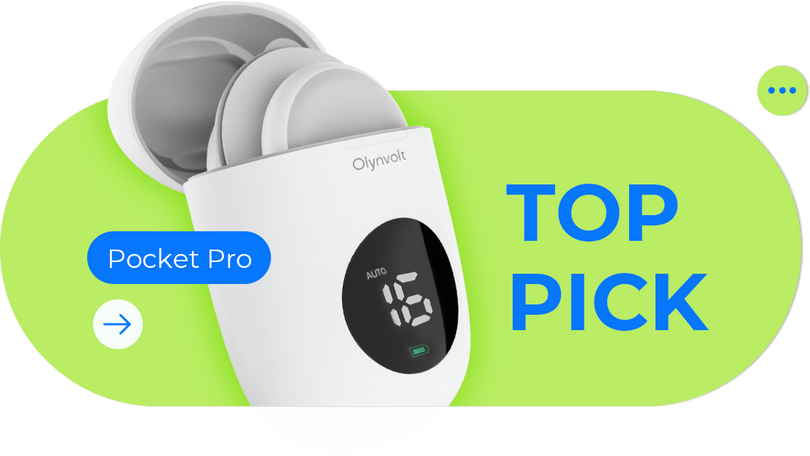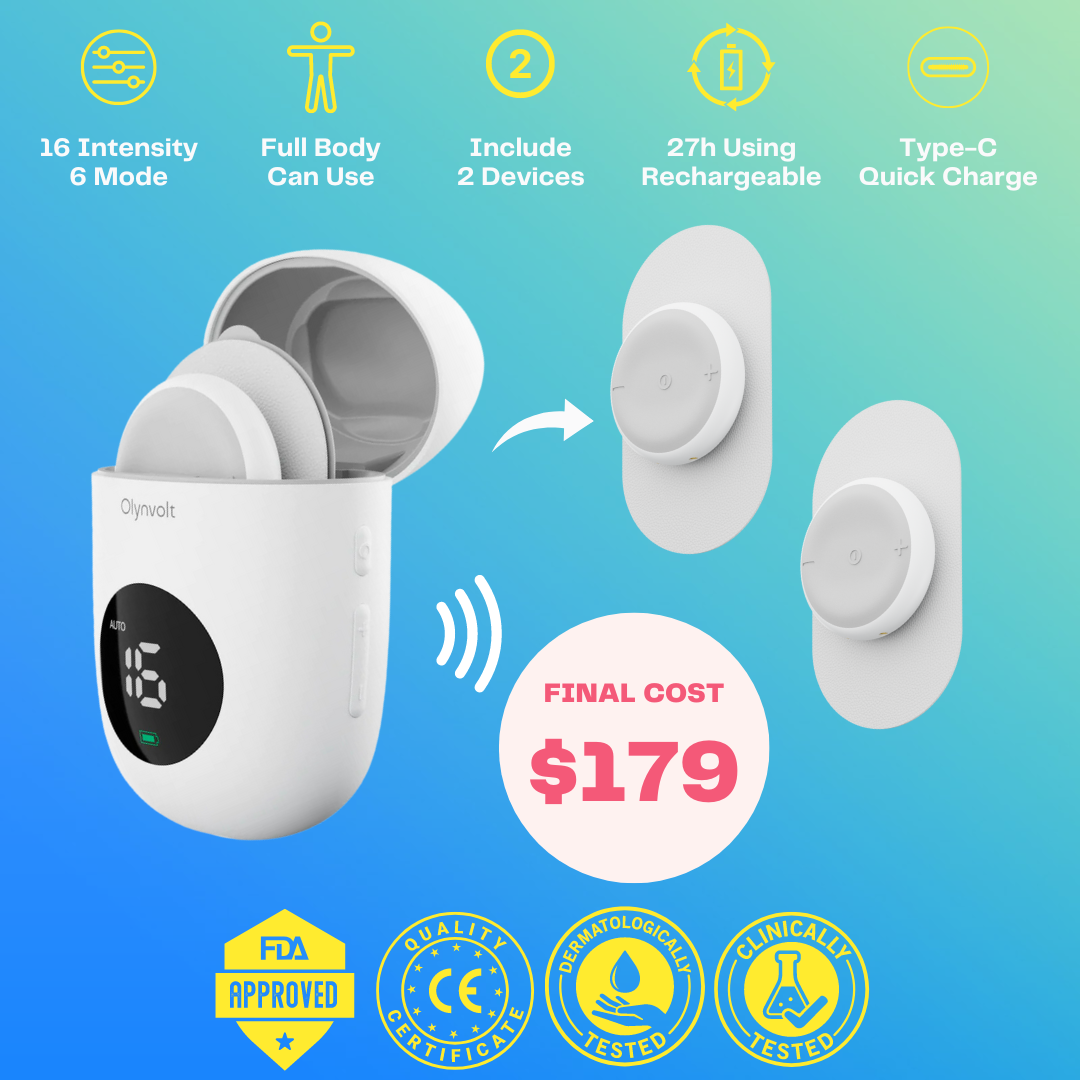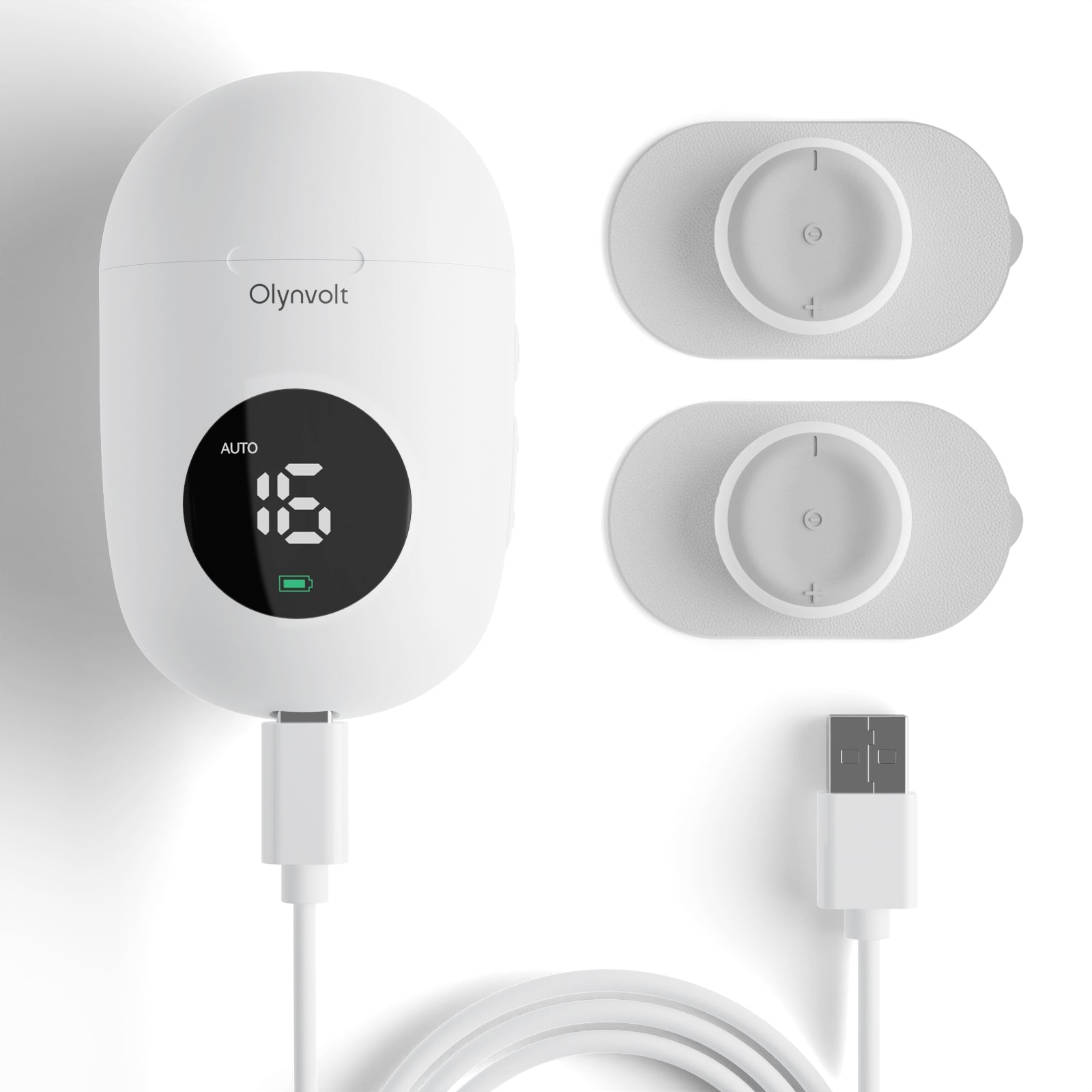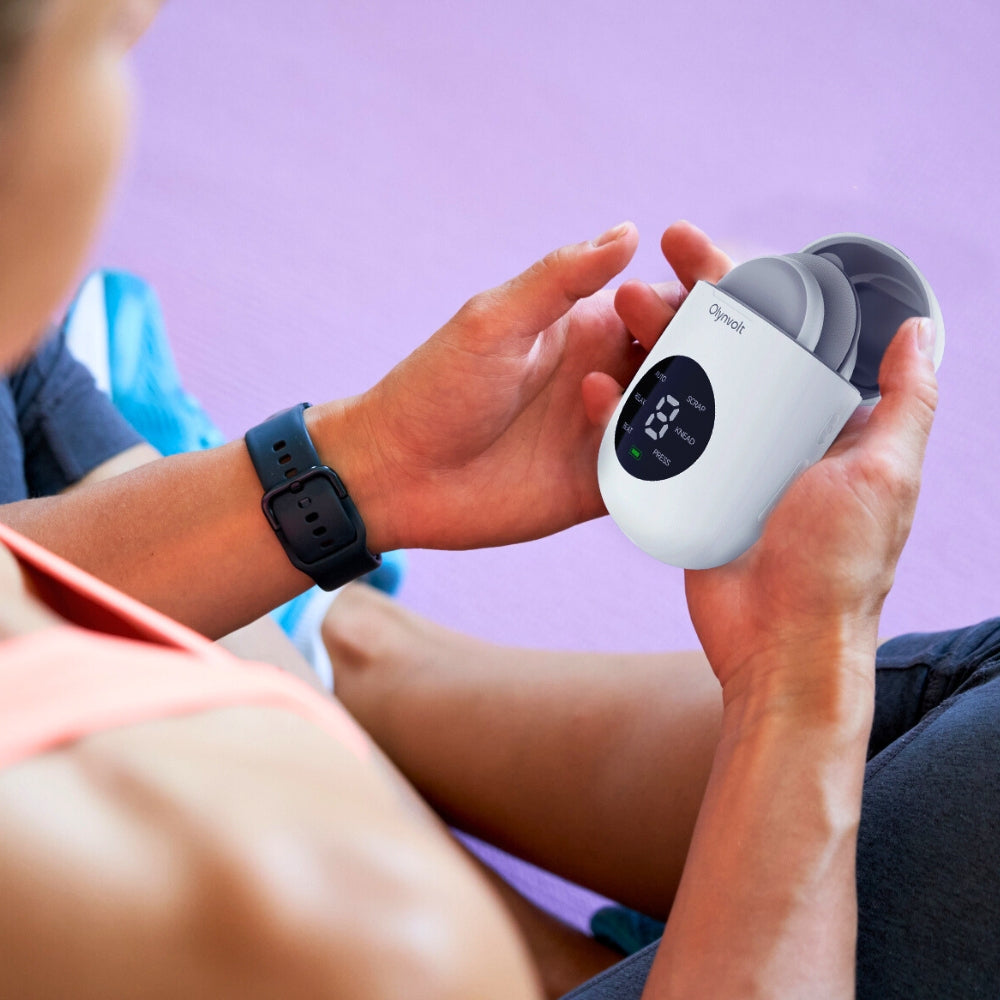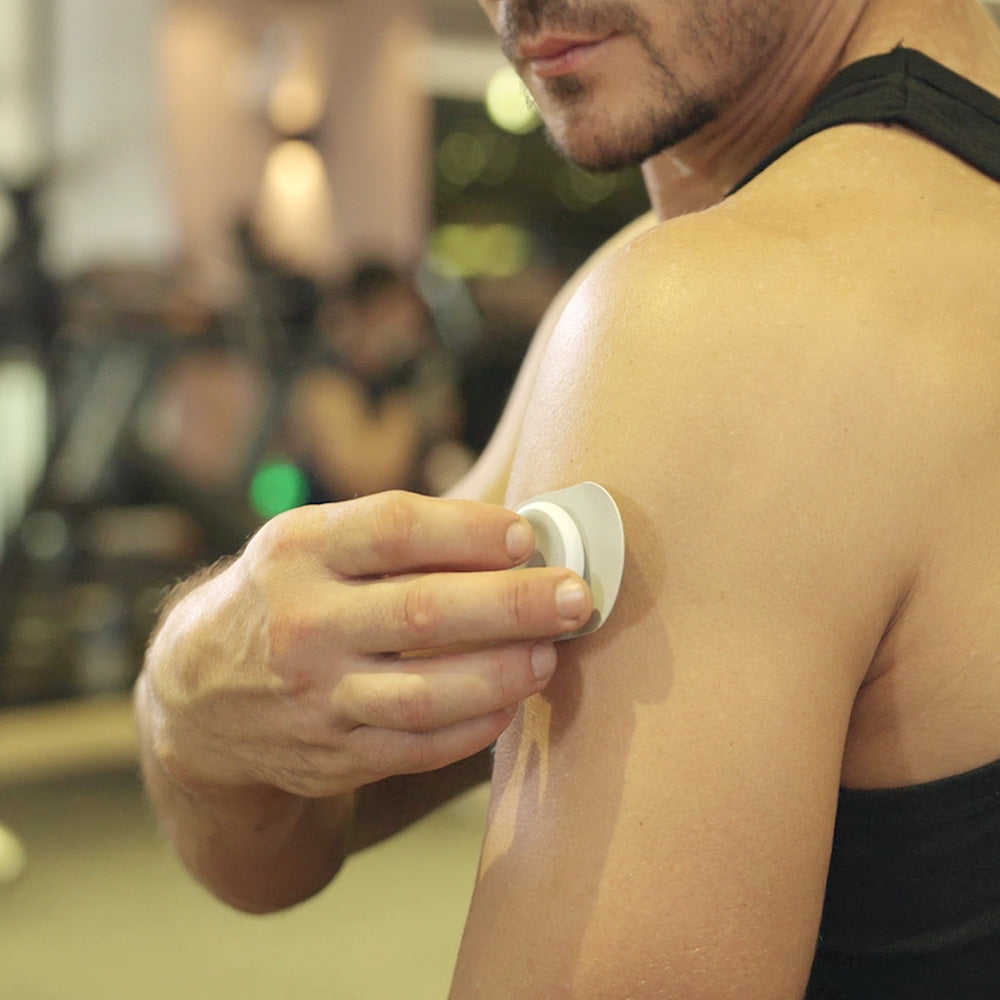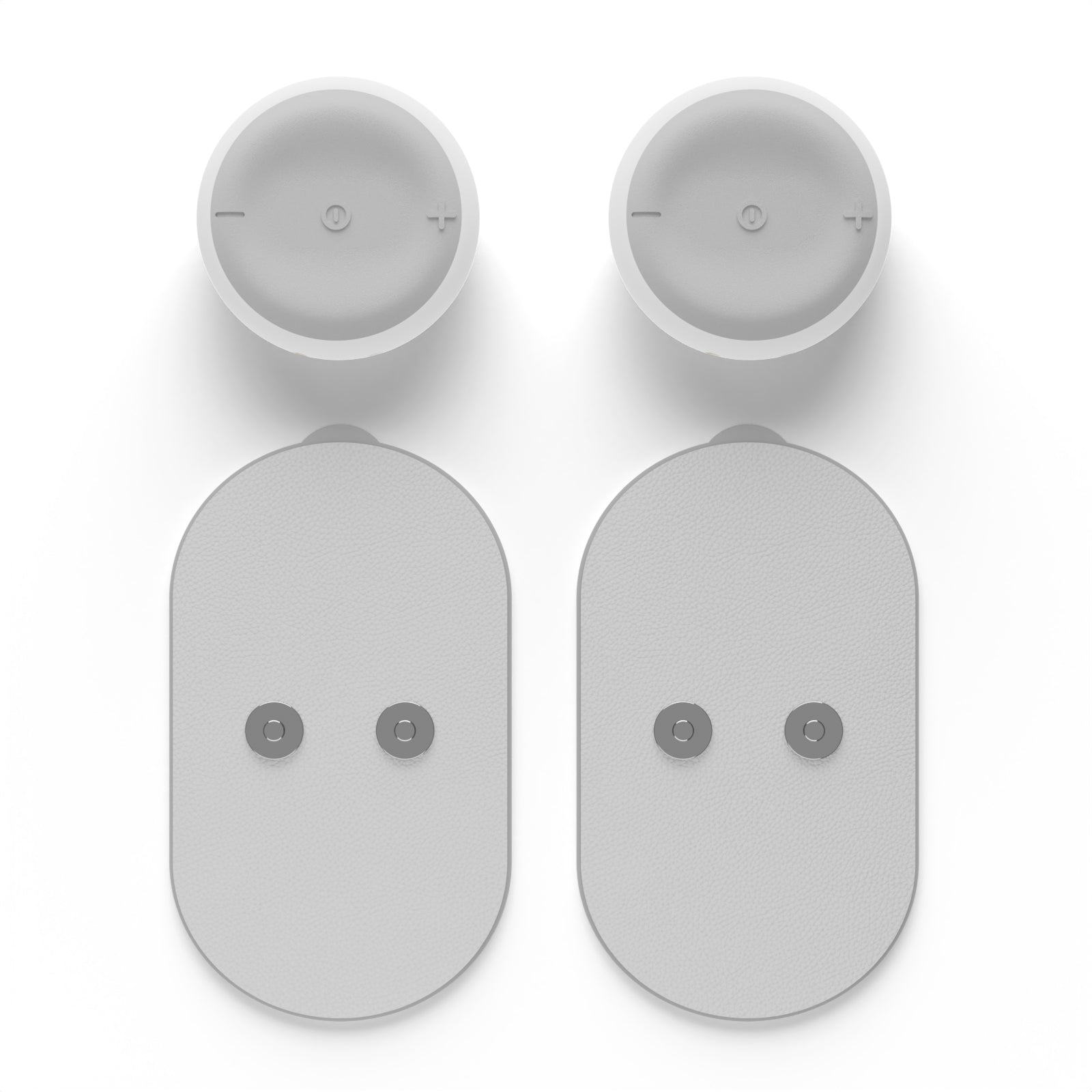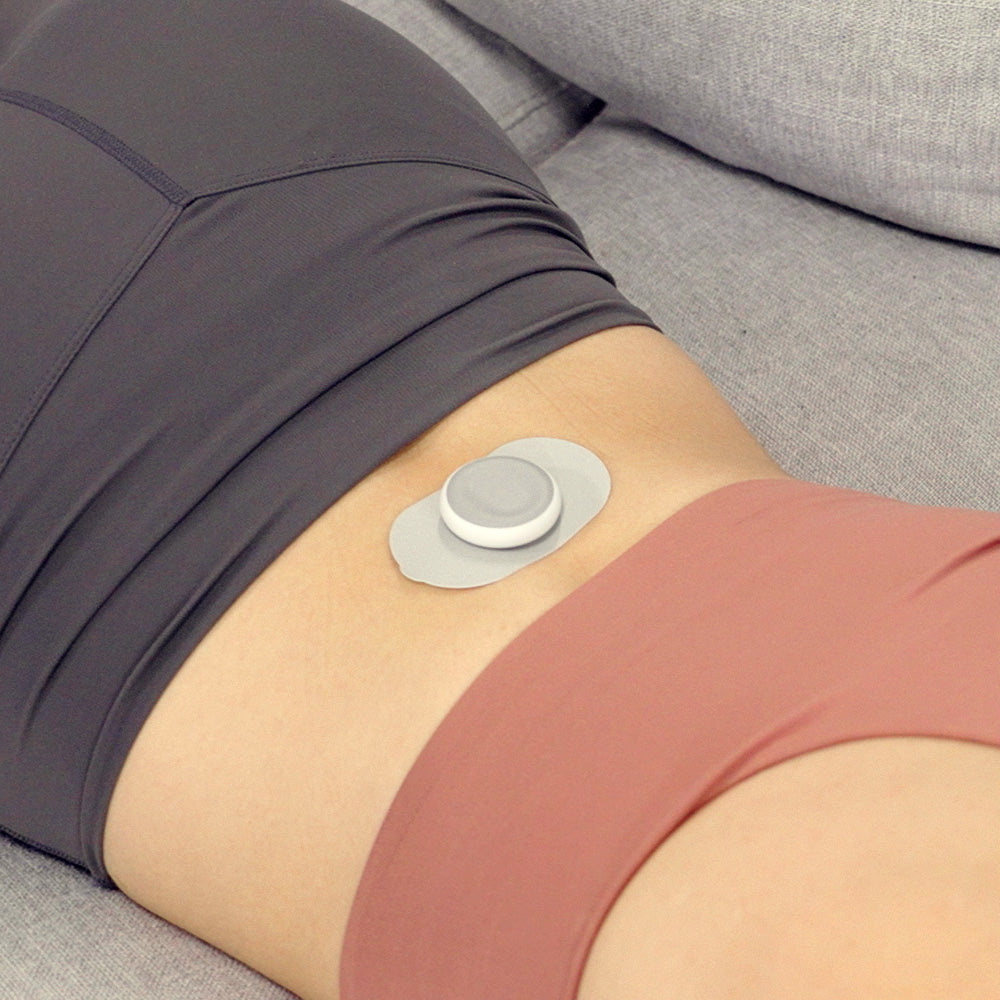As medical professionals, it is essential to establish clear guidelines for the effective use of transcutaneous electrical nerve stimulation (TENS) units in clinical practice. TENS therapy offers a non-invasive approach to pain management, but its optimal utilization requires adherence to established treatment protocols and patient-specific considerations.
Patient Evaluation:
Before initiating TENS therapy, thorough patient evaluation is paramount. This includes a comprehensive medical history review, physical examination, and assessment of the nature and severity of the patient's pain. Understanding the underlying pathology and identifying any contraindications to TENS treatment is crucial in ensuring safe and effective therapy.
Treatment Indications:
TENS therapy may be indicated for various acute and chronic pain conditions, including neuropathic pain, musculoskeletal disorders, and postoperative pain. It is particularly beneficial for patients who seek non-pharmacological pain relief or who have failed to respond to other conservative treatments. However, its efficacy may vary depending on individual patient factors and pain etiology.
Electrode Placement and Settings:
Proper electrode placement is essential for optimizing TENS therapy outcomes. Electrodes should be positioned strategically over the painful area or along the dermatomal distribution of the affected nerves. The selection of stimulation parameters, including frequency, pulse width, and intensity, should be tailored to each patient's pain profile and response to treatment.
Treatment Duration and Frequency:
The duration and frequency of TENS therapy sessions should be individualized based on the patient's needs and treatment goals. In general, TENS treatment sessions typically range from 20 to 60 minutes, with multiple sessions per day as needed. Regular reassessment of the patient's response to therapy is essential for adjusting treatment parameters and optimizing pain relief.
Patient Education and Follow-Up:
Patient education plays a vital role in ensuring the success of TENS therapy. Healthcare providers should provide detailed instructions on TENS device operation, electrode placement, and proper use of therapy settings. Additionally, patients should be advised on potential side effects, such as skin irritation or muscle twitching, and instructed on appropriate self-management strategies.
Introducing Pocket Pro:
As a medical professional dedicated to patient care, I am pleased to introduce Pocket Pro, an innovative TENS unit designed to facilitate effective pain management and enhance patient comfort. With its compact size, customizable settings, and user-friendly interface, Pocket Pro offers clinicians a valuable tool for delivering targeted pain relief in various clinical settings.
Conclusion:
TENS therapy remains a valuable adjunctive treatment modality in the management of acute and chronic pain conditions. By adhering to established treatment guidelines, healthcare providers can maximize the efficacy of TENS therapy and improve patient outcomes. With Pocket Pro, clinicians have access to advanced technology that empowers them to deliver personalized, patient-centered care while optimizing pain relief and promoting patient well-being.
Disclaimer: The information provided in this article is for educational purposes only and should not be construed as medical advice. Always consult with a qualified healthcare professional for personalized diagnosis and treatment recommendations.

